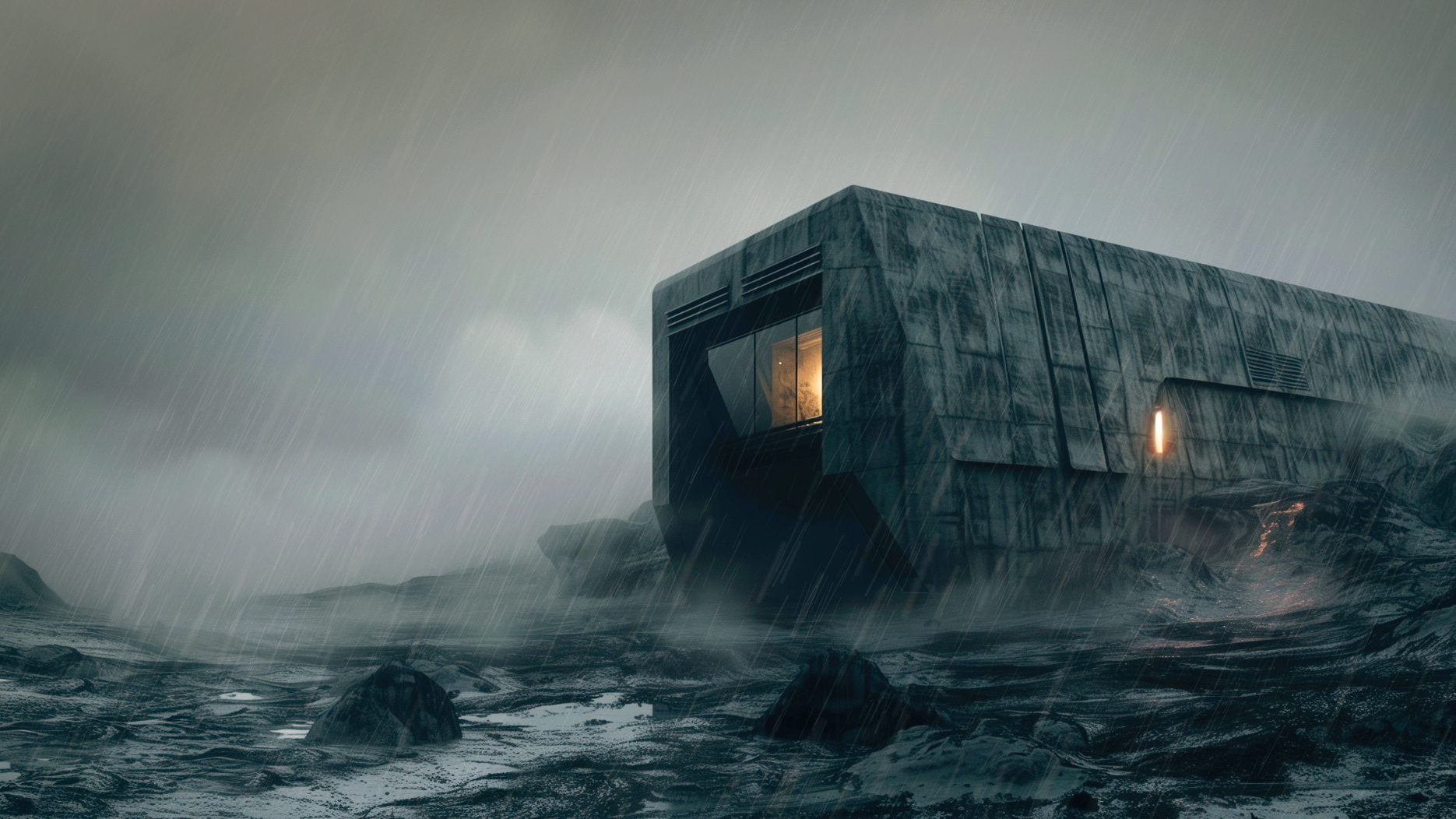How Wicked's magical VFX was made (and why a single scene was make or break)
ILM's VFX supervisor reveals how Oz's world was more.
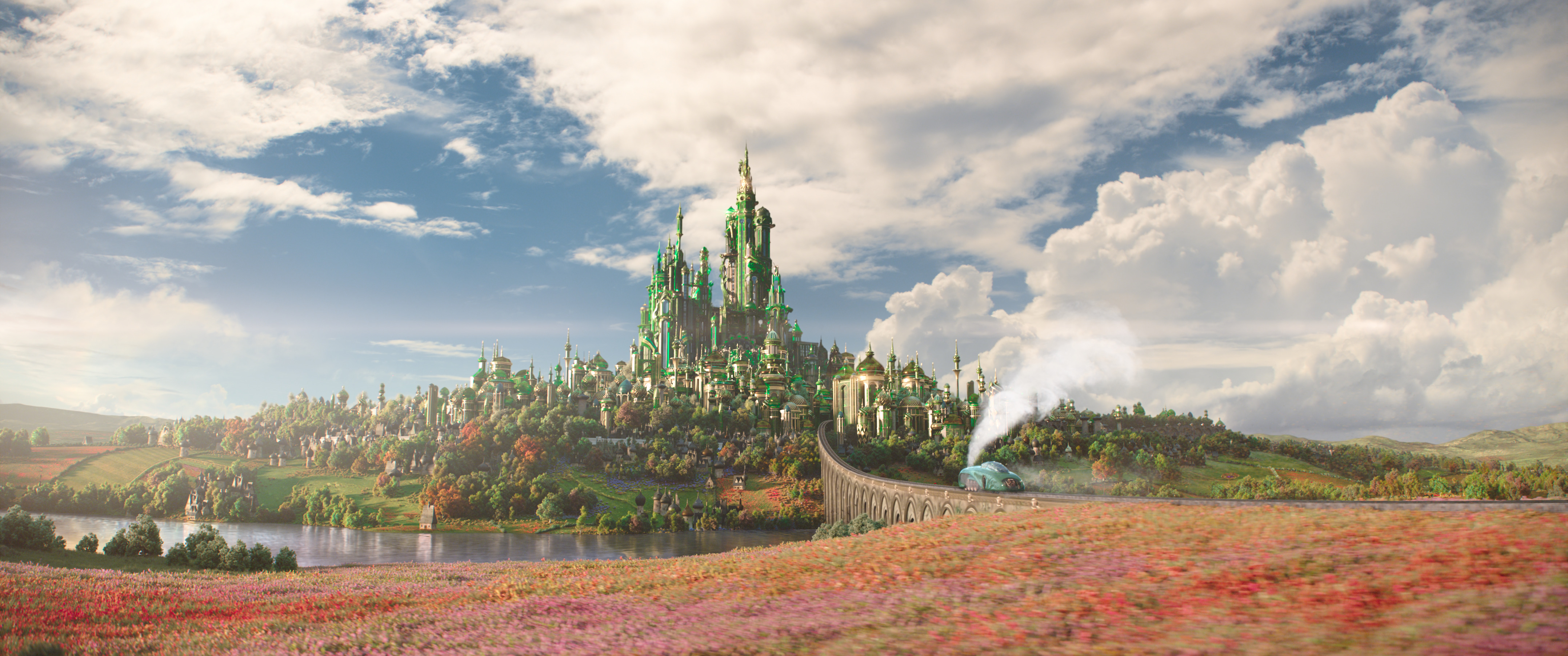
With Wicked, visual effects studio ILM memorably adds to the Oz-storytelling heritage - and has found itself in the running for an Oscar. The studio’s work for the Jon M.Chu movie (with its sequel, Wicked For Good due for release in November 2025) is rich with evocations of earlier visuals in the Oz storytelling tradition, whilst also offering striking new images and dramatic energy.
The visual language of the world of Oz, stemming from L.Frank Baum’s original novel, its sequels and its various movie adaptations, are globally recognised and have become part of a wider cultural frame of reference. The characters and worlds of Oz mean something profound to audiences.
There's a reason Wicked as earned 10 Oscar 2025 nominations, including Best Visual Effects and Best Production Design, and has grossed over $718 million at the box office… people love this movie and vision (despite an early misstep with the Wicked poster controversy).
ILM's big picture approach to Wicked
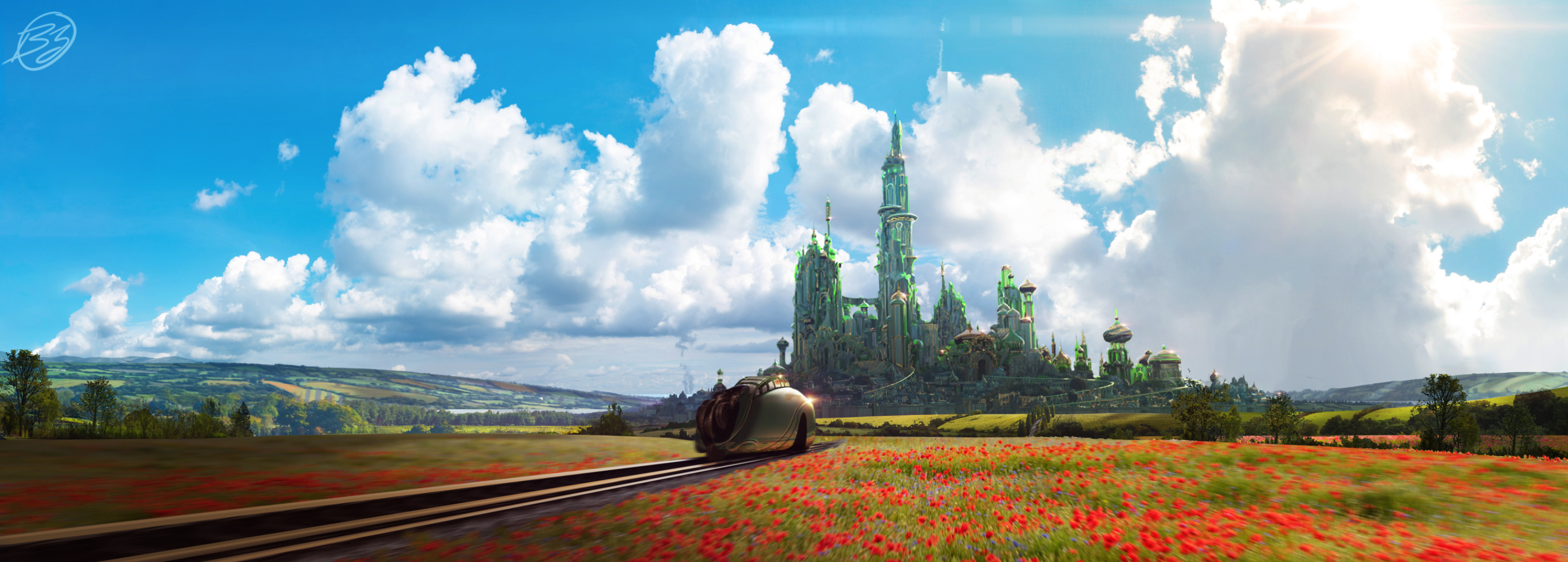
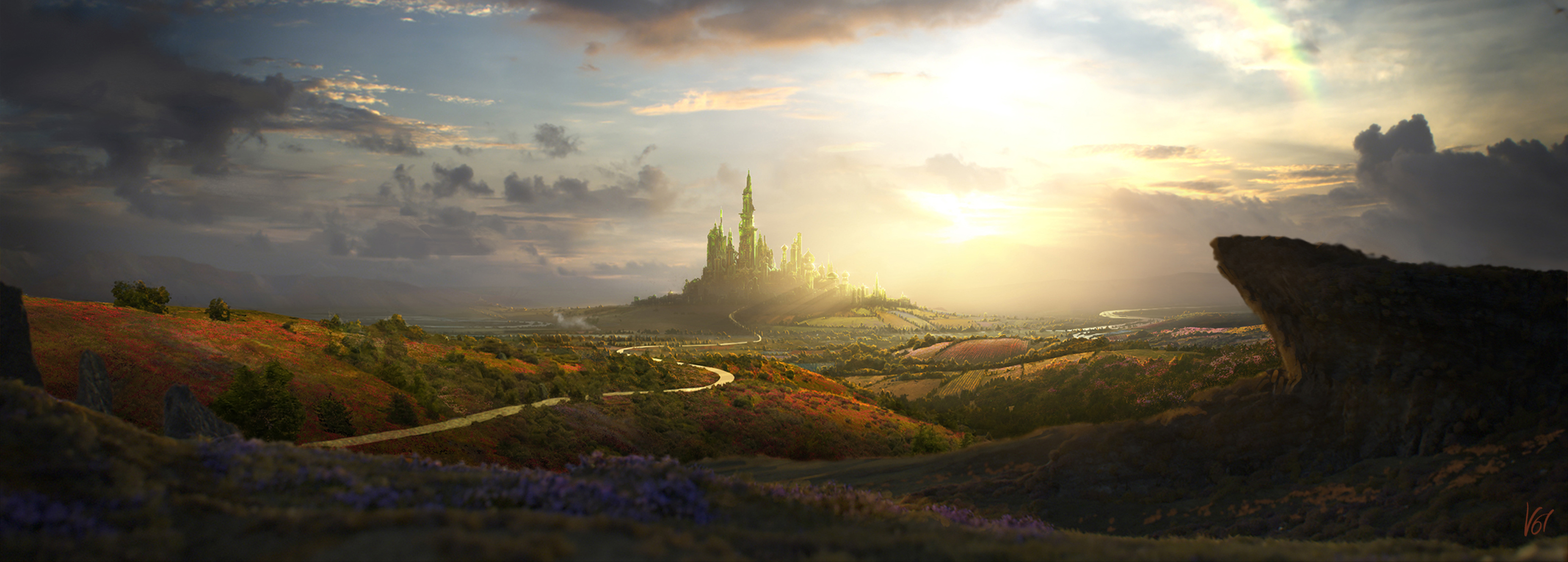
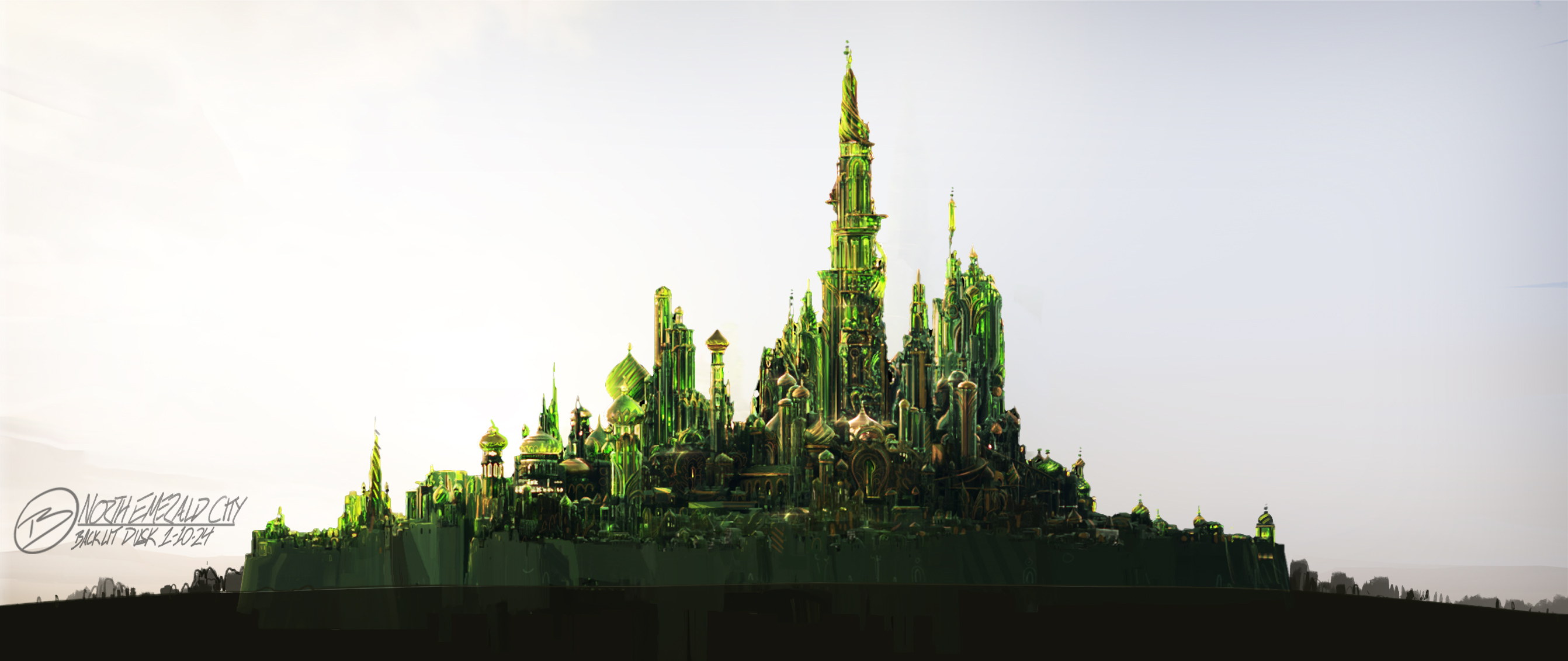
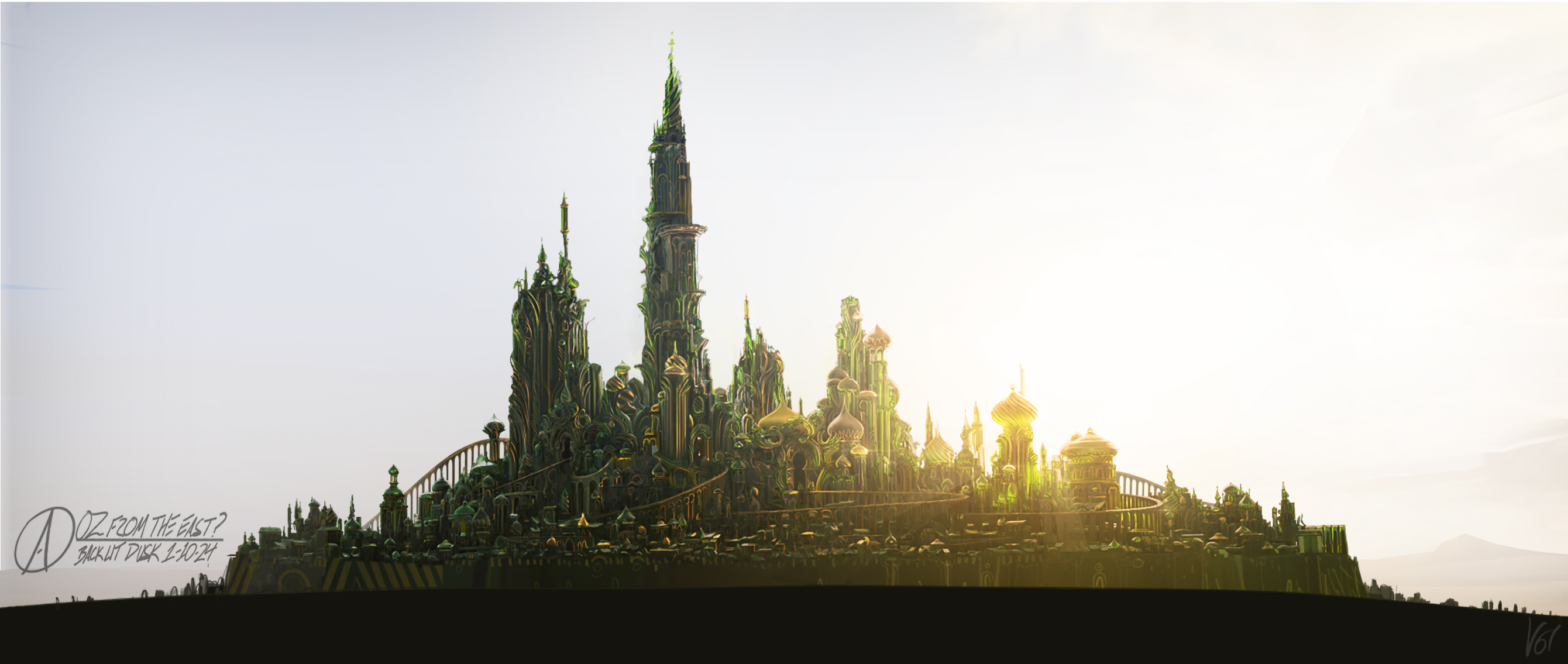
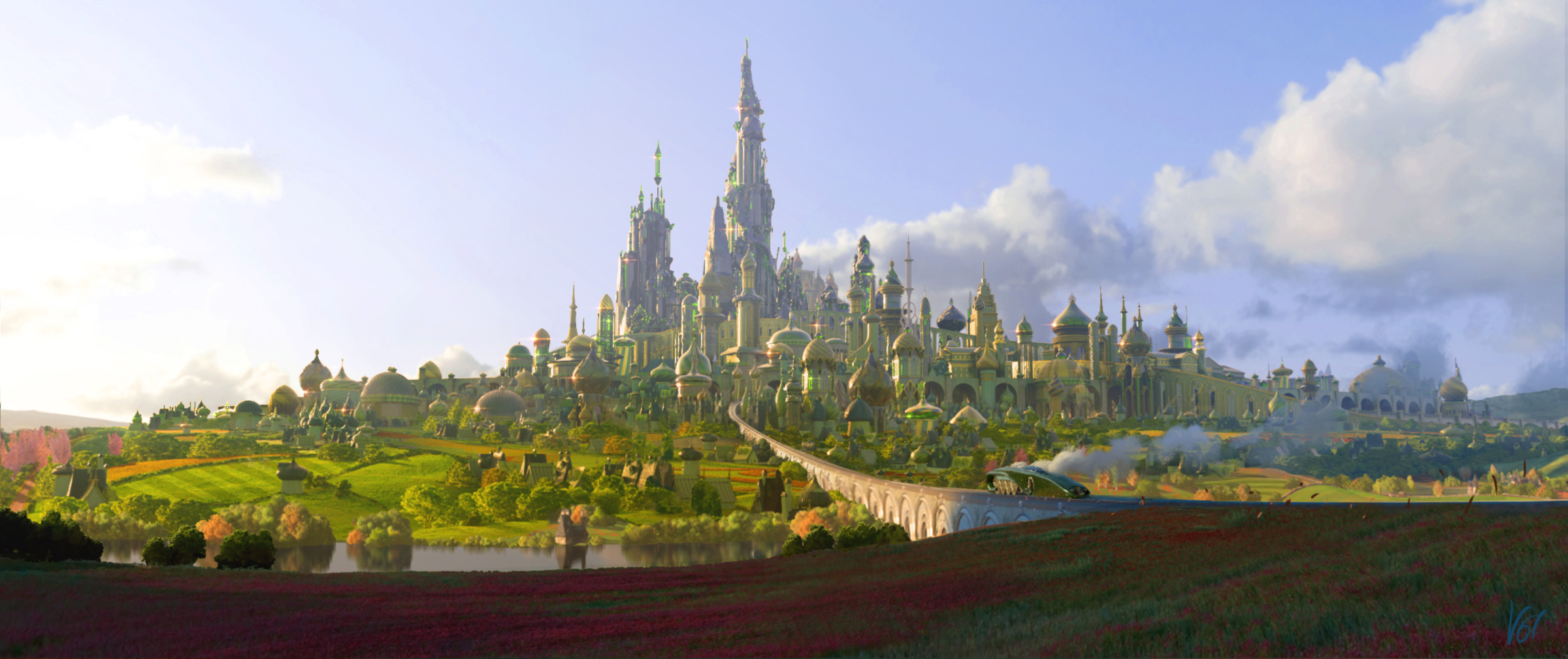
Leading ILM’s creative charge for Wicked was Visual Effects Supervisor, Pablo Helman; an ILM veteran of several decades with a stunning filmography to his name. My conversation begins with Pablo outlining his personal approach to embarking on a new VFX project.
“I have a very particular way in which I approach the visual effects work that we do," begins Pablo. "I do a lot of research. I really believe in being prepared and pre-empting and having thought of lots of different options. That is part of my job: to give options to the director. I did a lot of research on Jon M.Chu’s film style: I took a look at how he uses lenses, how he uses the camera, and movement and colour, lighting, pacing and timing. And then, it was about talking to Jon and understanding what the vision for the project is.”
Pablo makes the point about how visual effects should always function as a key storytelling tool. He tells me, “As my first musical, Jon and his team just brought me right in and that makes for a better movie, a better story that can be logistically accomplished. I would like to say ‘Thank you’ to all of the artists."
The collaborative wizardry of Wicked
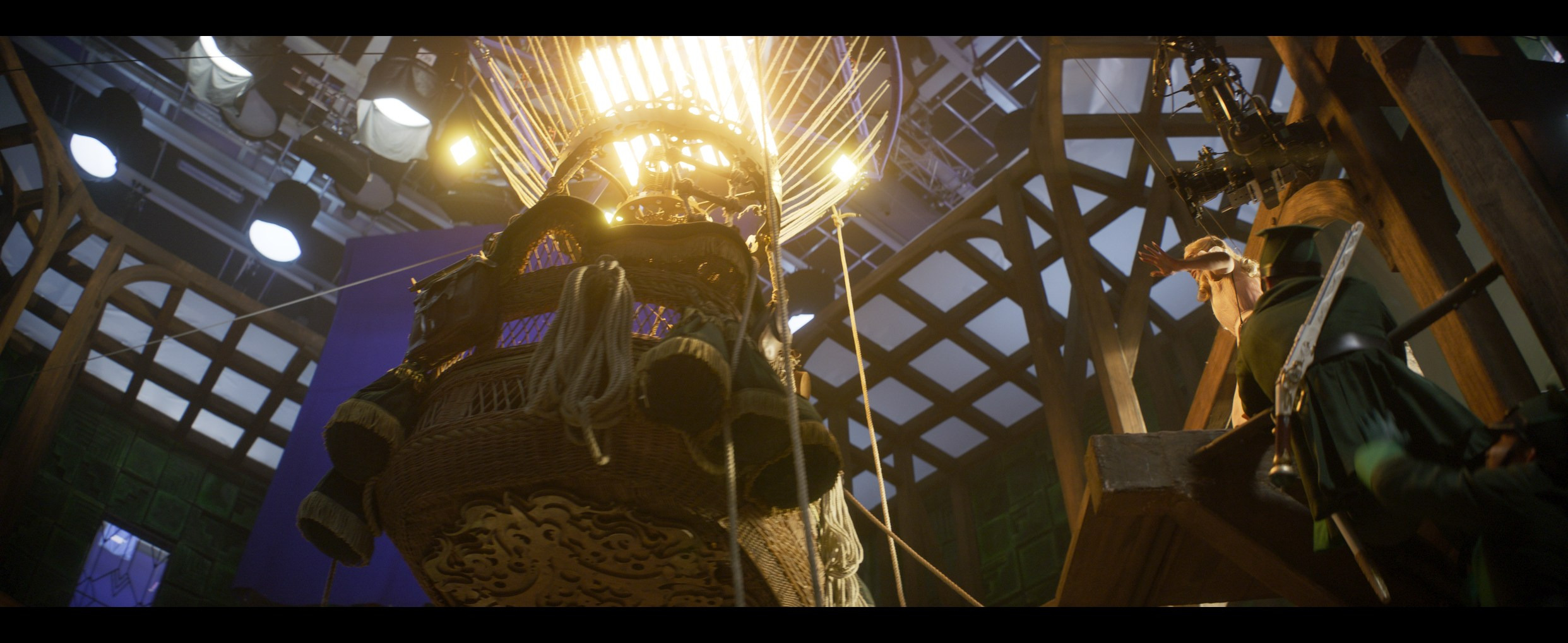
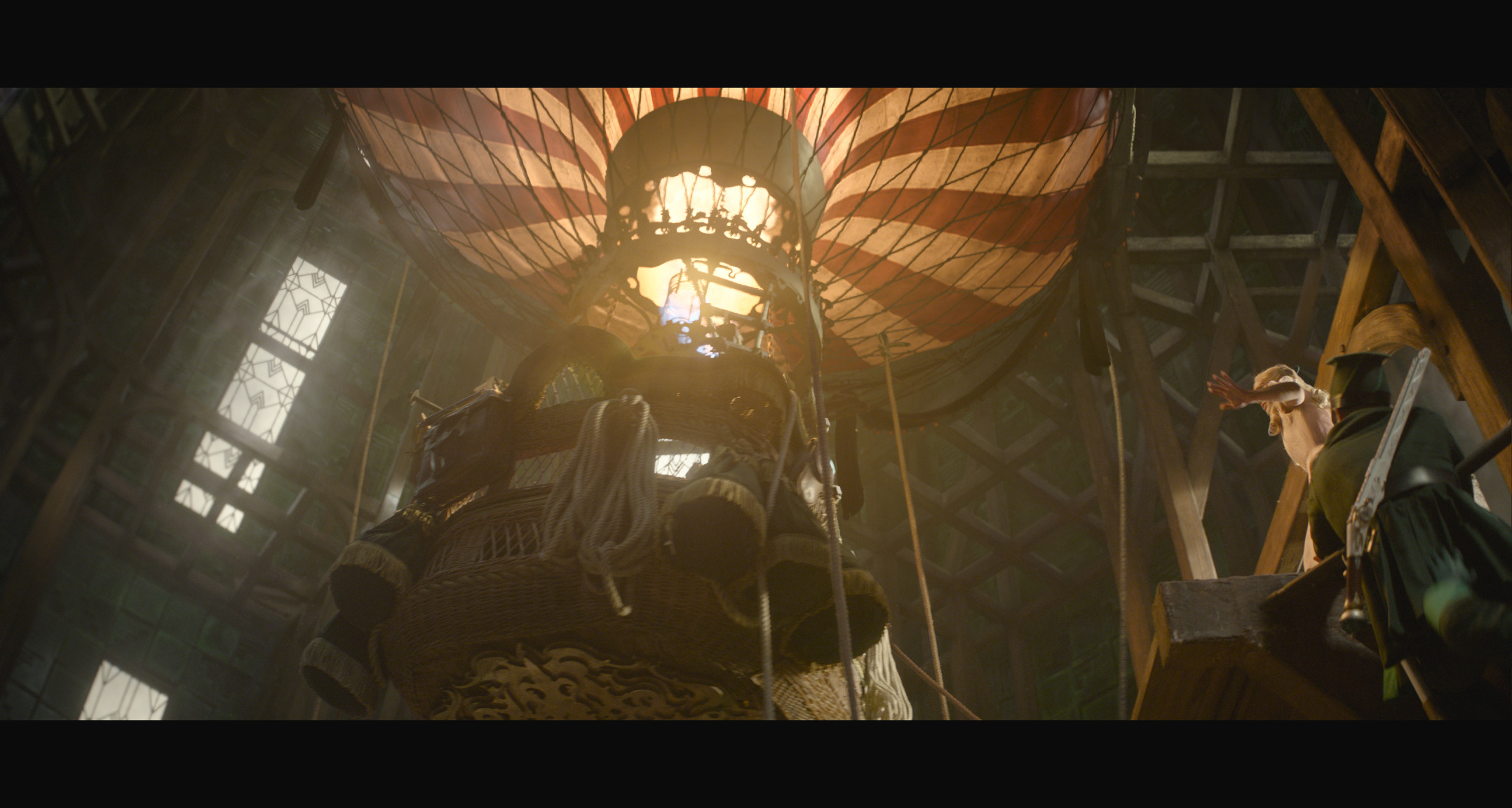
Of his collaboration with Jon M.Chu on Wicked, Pablo recalls how the director's vision was, in terms of the process, to make a movie that was as tactile as possible.
Get the Creative Bloq Newsletter
Daily design news, reviews, how-tos and more, as picked by the editors.
"I said, ‘Great! That is my approach, too,' shares Pablo, adding: "I am also always going to be going towards a collaborative approach because filmmaking is one of the most collaborative disciplines that you could have."
The team at ILM worked closely with Wicked's production designer, cinematographer and editor to create the a workflow where as much of the filmmaking could be done 'in camera', which also revealed some physical limitations for the team.
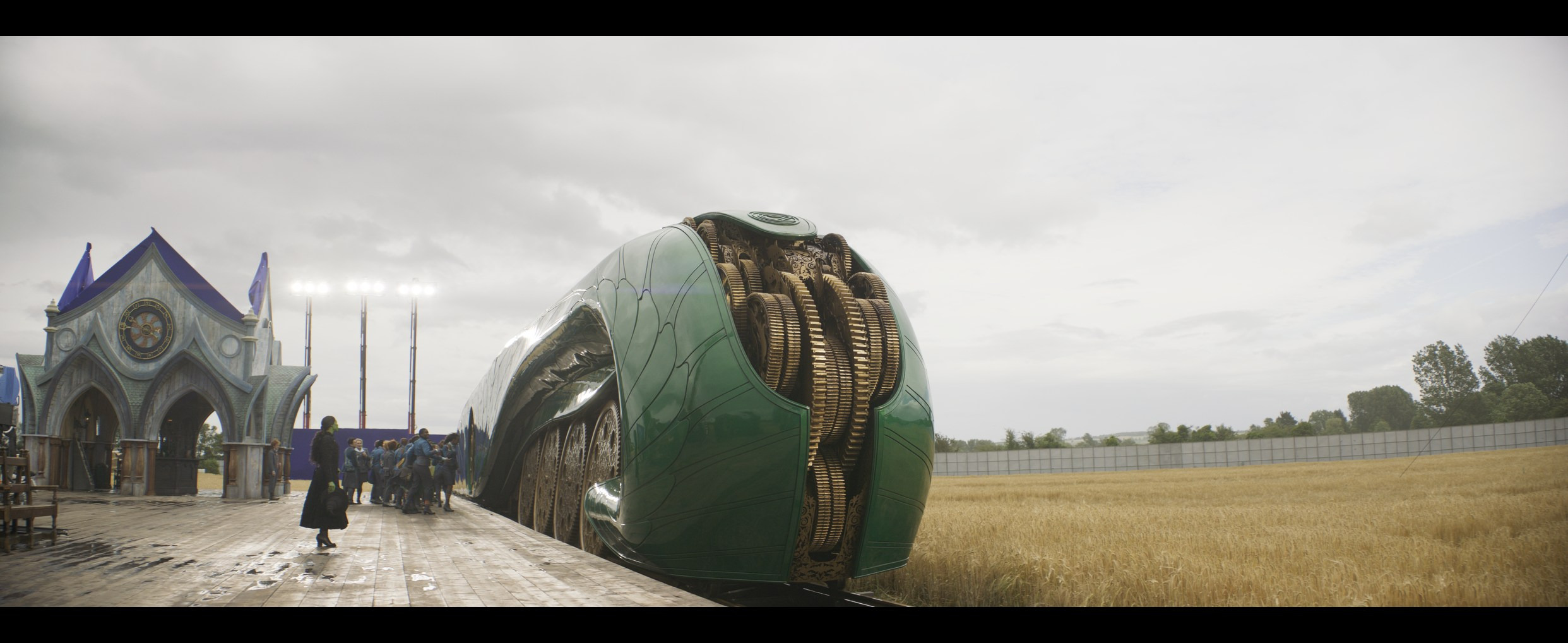

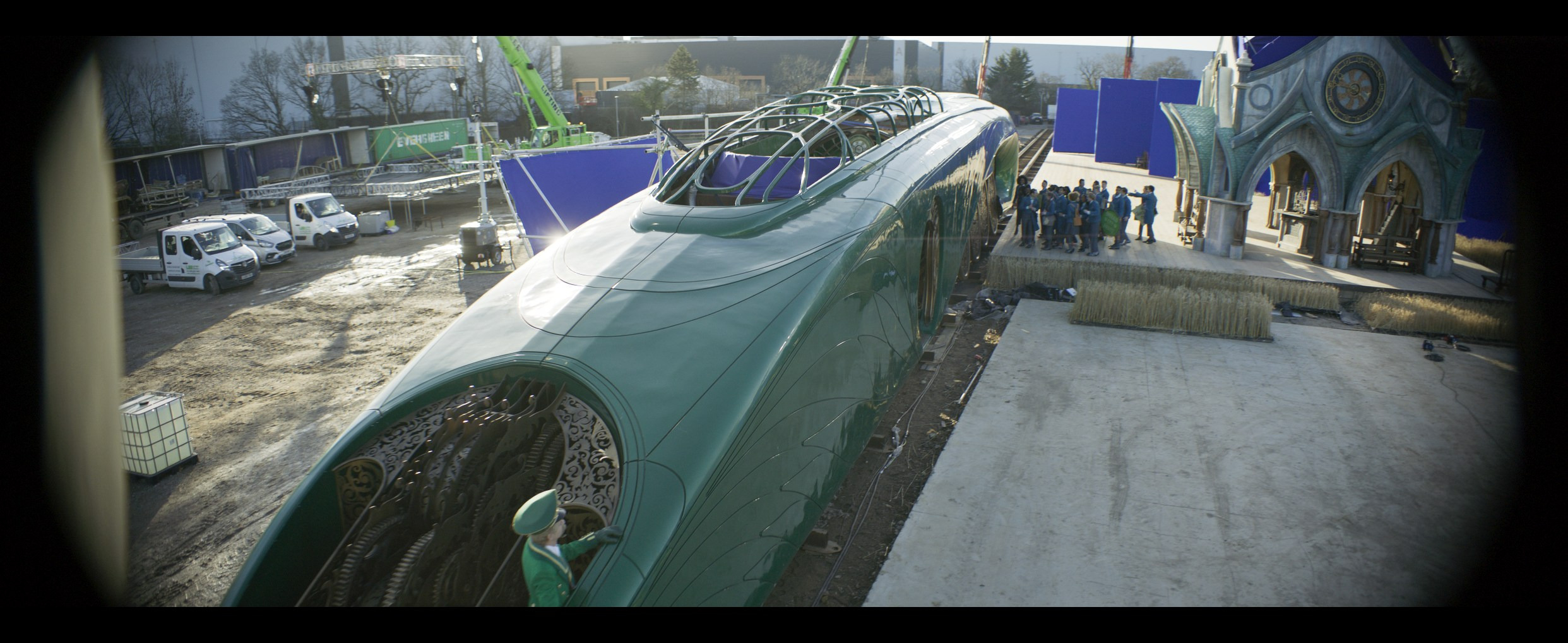
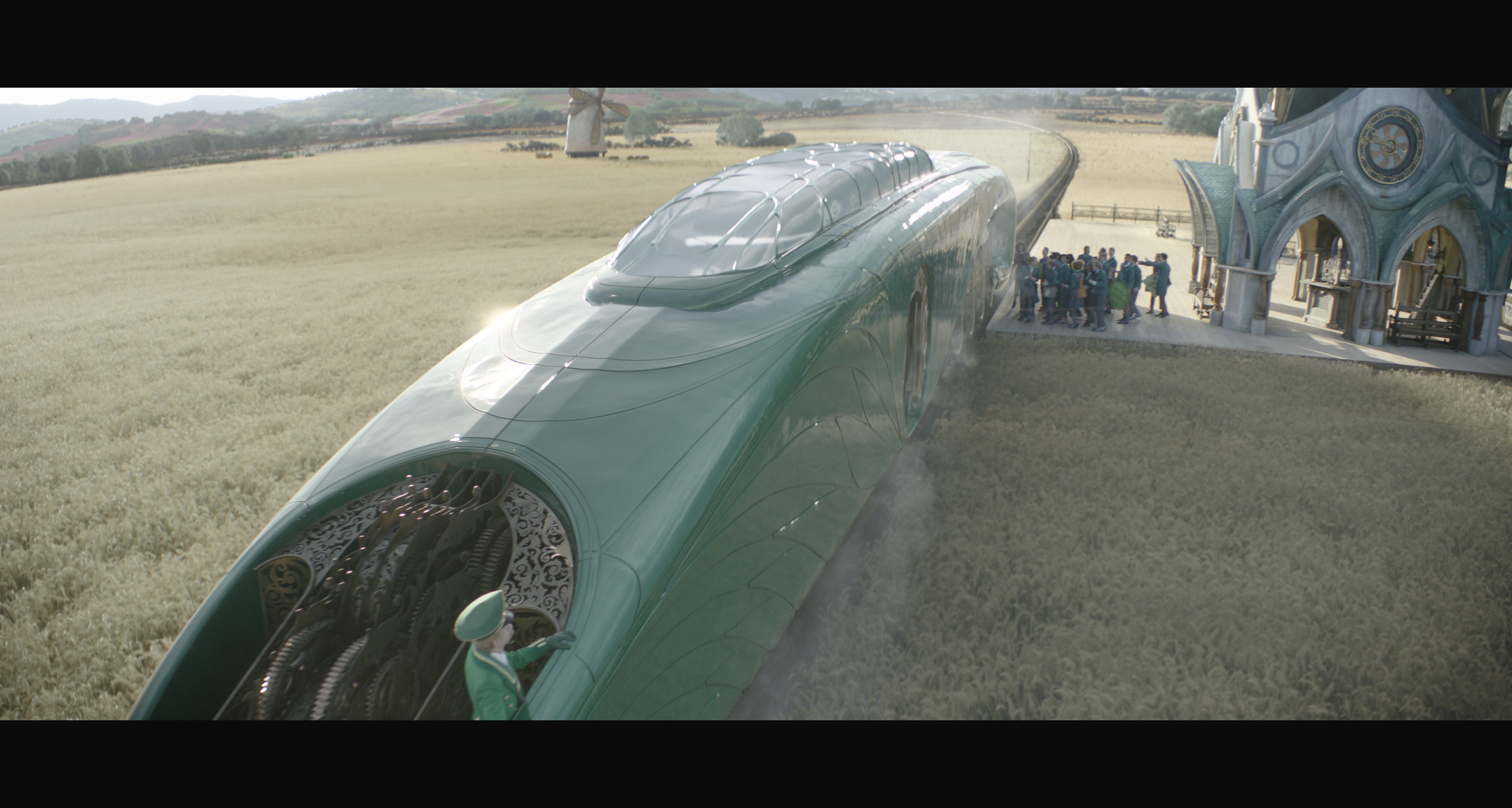
You don’t really know where production design stops and visual effects starts, and vice versa. That was the approach
Pablo Helman, Visual Effects Supervisor, ILM
"Interior practical sets get built up to 25 feet (high), practical exteriors are 55 feet (high) and after that visual effects take over," says Pablo. "Because we were all working together so much and sharing all of our visions with Jon, we were able to come up with something where you don’t really know where production design stops and visual effects starts, and vice versa. That was the approach.
"Also, being on-set for the 155 days of shoot for both movies it’s always about methodology and making sure that almost everything shot on-set easily plugs into the postproduction plan that we have.”
Our conversation then turns to a sequence in Wicked that showcases the fusion of methodologies and aesthetic ambitions that Pablo has so far discussed. One key moment the team felt pressure to get perfect was the Ozdust Ballroom scene, it's the pivotal point when relationships between the characters changes. "If that scene worked then the rest would fall into place," says Pablo.
Matchstick witches as previz
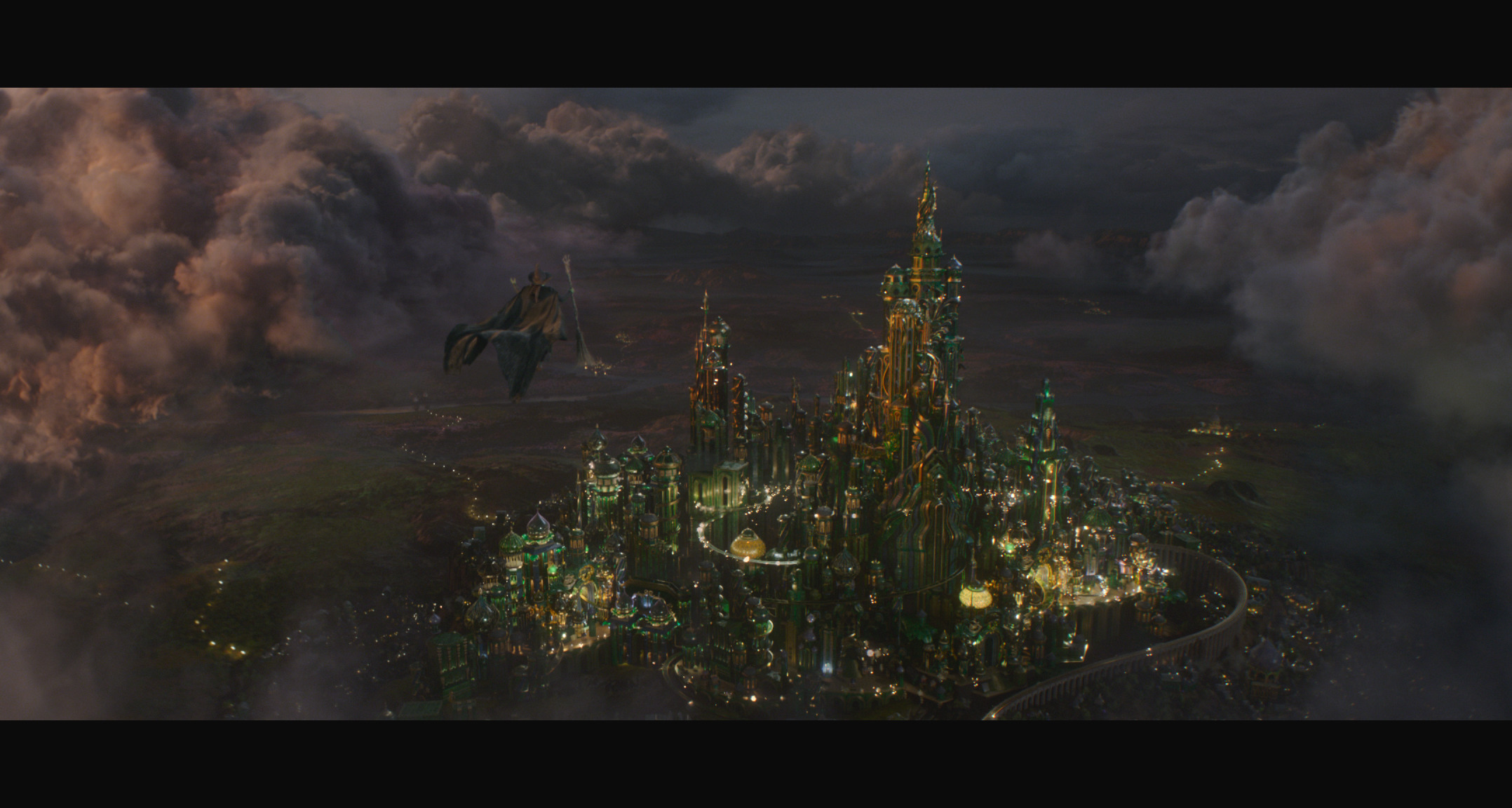
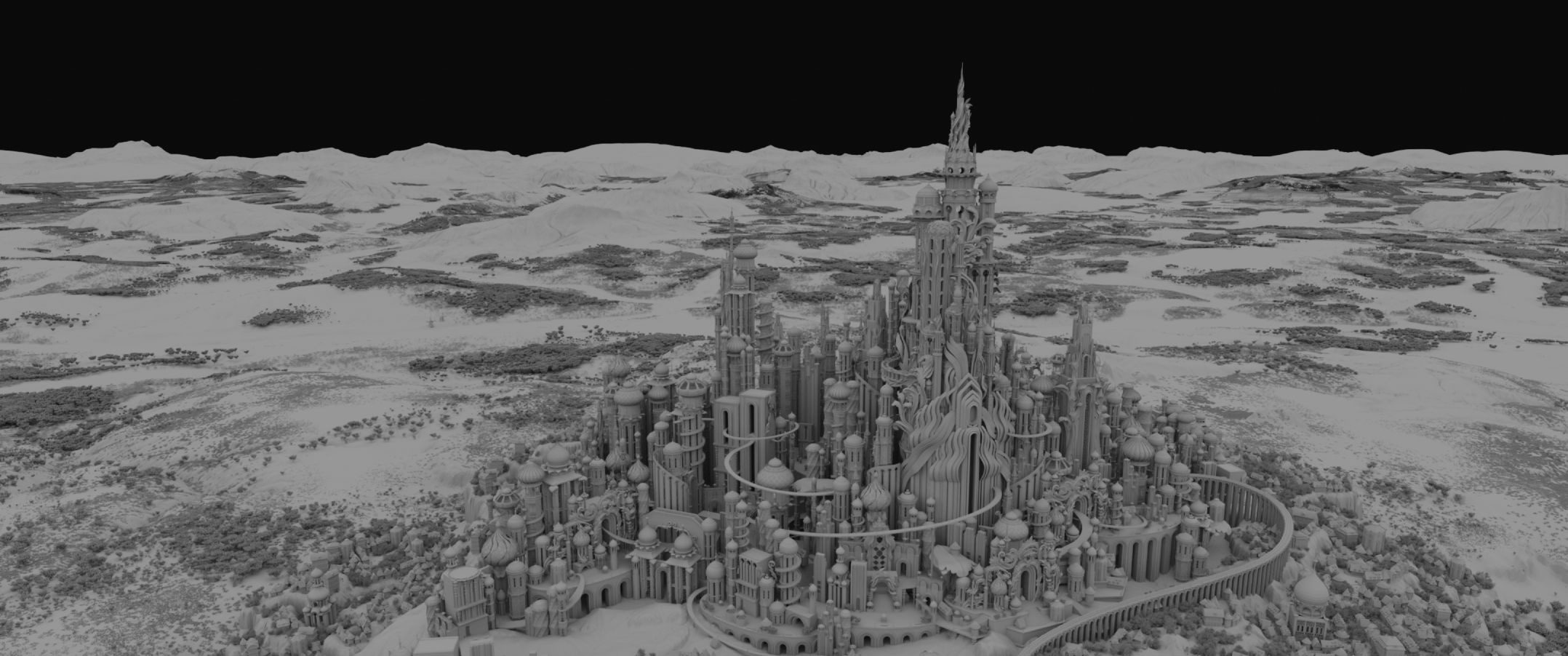
The scope of our conversation then widens out and Pablo addresses a fundamental point about filmmaking and the place of visual effects within that. “Some sequences were put on film and we did the ‘film-out’. Even the 100% CG shots were filmed out and the negative was rescanned. That gave it an extra, organic feeling to it."
Pablo applies this note to the significant change of location about midway through the film when Elphaba and Glinda travel from Shiz University to the Emerald City. The movie doesn’t just change in terms of its approach and style of visual effects but it does change in its production design, editing and lighting.
"So, if we all follow the vision, you’re going to get increasing urgency, and the realisation for Elphaba and Glinda that things are not the way they seem to be and that characters have their own agendas. All of that is taken into account in the visual effects and that’s why we say that VFX is supporting storytelling. Because, without all of that happening, then it becomes a visual-effects movie and I don’t think that this film is. This is a movie in which VFX is a tool. If you’re smart and know how to use that tool, you will get your message across. I have always thought of VFX as part of the writing of a story."
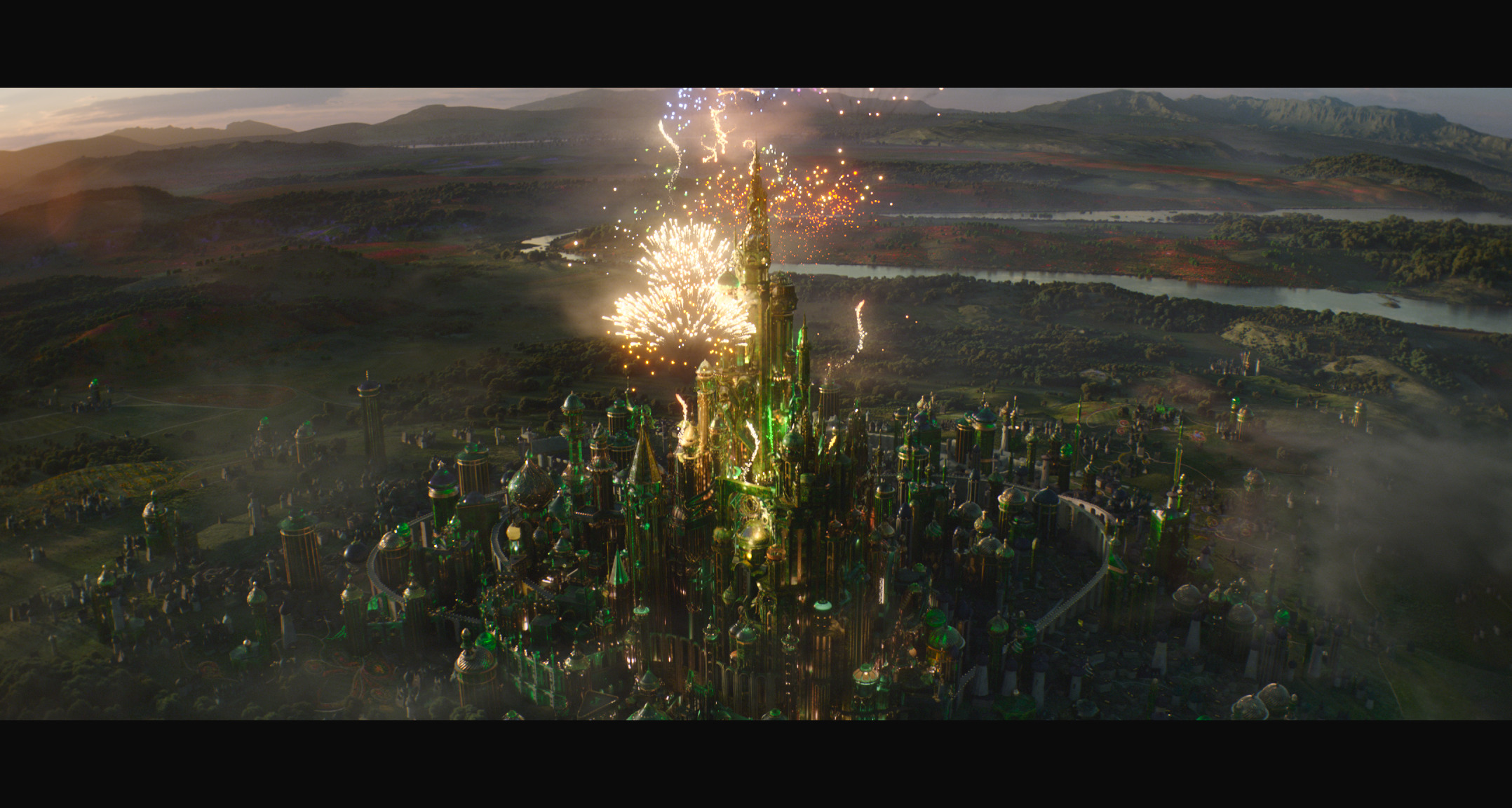

Drawing our conversation to a conclusion, Pablo offers an image to encapsulate the creative process. “If you were to graph or colour the movie, at the end of the day you’d see that the graph goes up and takes you somewhere… until the next movie.”
Pablo then references the Defying Gravity climax of Wicked and how it offers a powerful example of live-action and visual effects artistry working in concert. In doing so, each discipline compels the audience to leave the movie on a high and on a note of anticipation.
“At the end of the movie, Elphaba goes into this war cry and then she turns around and flies away and you build and build that up and then the audience goes, ‘Wait, don’t go away! Where are you going? I want to go with you. I want to know what happens next!’"



Drawing our conversation to a conclusion, Pablo offers an image to encapsulate the creative process. “If you were to graph or colour the movie, at the end of the day you’d see that the graph goes up and takes you somewhere… until the next movie.”
Pablo then comes back around to the Defying Gravity climax of Wicked and how it offers a powerful example of live-action and visual effects artistry working in concert. In doing so, each discipline compels the audience to leave the movie on a high and on a note of anticipation.
“At the end of the movie, Elphaba goes into this war cry and then she turns around and flies away and you build and build that up and then the audience goes, ‘Wait, don’t go away! Where are you going? I want to go with you. I want to know what happens next!’"
Inspired by ILM's work on Wicked? Then read up on how The Creator was made, and if you want to get into visual effects read our guide to the best 3D modelling software for an insight into what artists use.

Thank you for reading 5 articles this month* Join now for unlimited access
Enjoy your first month for just £1 / $1 / €1
*Read 5 free articles per month without a subscription

Join now for unlimited access
Try first month for just £1 / $1 / €1
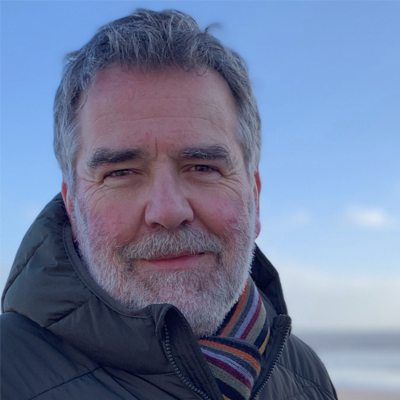
James has written about movies and popular culture since 2001. His books include Blue Eyed Cool: Paul Newman, Bodies in Heroic Motion: The Cinema of James Cameron, The Virgin Film Guide: Animated Films and The Year of the Geek. In addition to his books, James has written for magazines including 3D World and Imagine FX.
You must confirm your public display name before commenting
Please logout and then login again, you will then be prompted to enter your display name.
